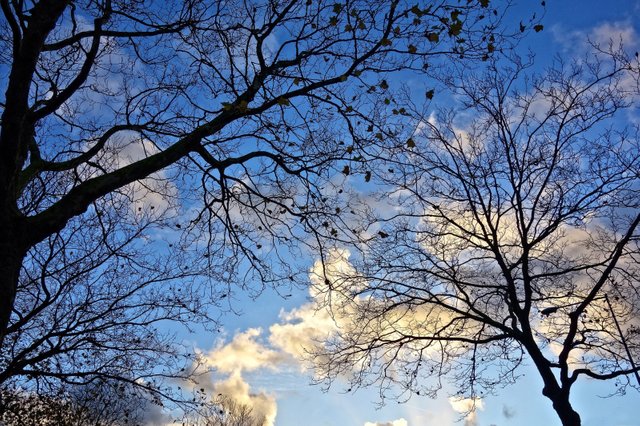
History of Taj Mahal:

In 1874, British tourist and ambassador Edward Lier saw Agra's Taj Mahal, saying that from today onwards the world is divided into two categories. A class that saw the Taj Mahal and the other class that did not see. His comment has been memorable in history. The Taj Mahal can be seen not only on its sayings but also for many more.
This unique monument built by Mughal Emperor Shahjahan is shining as a symbol of love for the empress's beloved wife Samranya Mumtaz Mahal. The love between Shahjahan and Momtaz Mahal was so deep that from his rajakya to military expedition, Mamtaz was an integral companion to her husband. Their family life was eighteen years and they had 14 children. Momtaz Mahal died in a military operation with Emperor Shahjahan in Borhanpur in 1630, during the last child birth. Before the death, Mumtaz paid four commitments from Shahjahan. An emperor of Shahjahan will build a monument to keep the beauty and beauty of their love memorable. After the death of Momtaz, he was buried at the Joynabad garden in Borhanpur on the bank of the Tapati river. After six months of death Emperor brought Mamtaz Mahal's body to Agra. Emperor Shahjahan called for the construction of the building in 1631 and the construction of the Taj Mahal began in that year. Tazmahal was founded on the banks of the river Jamuna on August 27, 1653, in a tireless work of 20 years of 20 thousand people. The cost of construction of this architecture was approximately 32 million rupees as current 4 million pounds and its construction was completed in 1648. According to historians, the construction of the Taj Mahal began in 1631 and ended in 1653. In Delhi, Kandahar, Lahore and the skilled masons in Multan were engaged in the construction of Taj. Also, many skilled Muslim builders of Baghdad, Shiraz and Bukhara have done special work on Taj. According to the document of construction, Taj was the principal architect of the time, the famous Muslim architect Ustad Jesus. A square (186 nos. 186) area has a uneven octagonal shape on the square square wrapped around. The Taj Mahal has been created from various parts of Asia and India. More than 1000 elephants were used in the construction. The light was made of opaque white marble stones from Rajasthan, from Rajasthan. Medium-quality stones of yasham, red, yellow or brown color from Punjab, white green stones and different crystal pieces from China. Tibet was made from acacia gem, green-blue (turquoise) color and sapphire from Afghanistan. Indigo (bright blue bull) came from Sri Lanka and precious stones, blacks and precious white stones were brought from Arabia. The total amount of precious stones is set on white marble stones. This wonderful mausoleum has been divided into several parts. There are several ways to walk through the gate to the Taj Mahal's main mausoleum. From the bottom to the 21st stairs, the main hall of the Taj Mahal has to enter. It is said that emperor Shahjahan cut the fingers of the artisans and blinded them so that no other Taj Mahal can be established in the world.
when will you go:

November to February is the appropriate time to go to Agra. It is good to not be very hot in Agra.
What to eat:

Here birani can eat different Mughlai foods.
Where to Stay:

There are various quality and price hotels here. Book a favorite hotel.

Giving out free votes to the little guys, I hope you appreciate.
Downvoting a post can decrease pending rewards and make it less visible. Common reasons:
Submit
stay withme....keep up
Downvoting a post can decrease pending rewards and make it less visible. Common reasons:
Submit
Hi! I am a robot. I just upvoted you! I found similar content that readers might be interested in:
https://steemit.com/travel/@rabbi18/why-taj-mahal-see
Downvoting a post can decrease pending rewards and make it less visible. Common reasons:
Submit